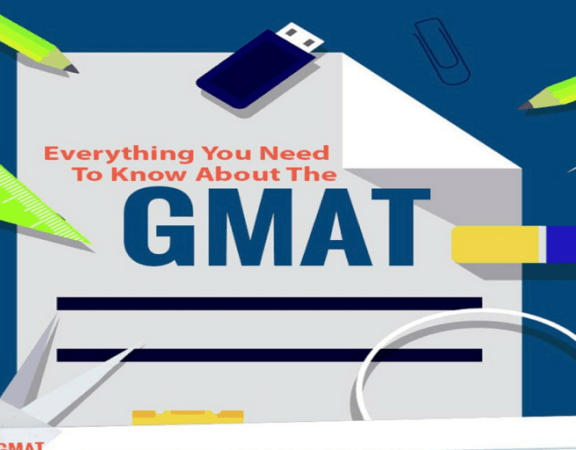Ace GMAT Reading Comprehension with Transition Words
GMAT Sample Questions Explained - How To Approach Data-Sufficiency
December 5, 2021Low GMAT Percentiles - Retake the GMAT or Try the GRE?
December 12, 2021Ace GMAT Reading Comprehension with Transition Words
Wouldn’t it be great if there was some way you could break down a verbose Reading Comprehension passage into just the essential information needed to answer the questions? No longer would you need to slog through extemporaneous details or stumble over abstruse vocabulary. Instead, you could quickly discern the important facts and arguments while discarding all the excess detail.
Essentially, this is the idea behind GMAT Reading Comprehension. The passages and questions are designed to test your capacity to sort dense text and extract the underlying logic. And this skill doesn’t end with the GMAT; it’s a fundamental skill you’ll call upon throughout business school and in your professional career as executives and entrepreneurs need to make quick and efficient decisions based on a variety of written information.
This may seem like dower news if Reading Comprehension is your Verbal score kryptonite, but fortunately, these skills can be learned, and they’re much simpler than you may think. The key to this ability is to see the structure of a passage first and the specific details second. As discussed in a previous post, GMAT Reading Comprehension questions do not test your knowledge of random esoteric subjects but your ability to understand a text’s main line of thought.
GMAT Reading Comprehension = Structure + Details
So how do you begin to focus on the structure of a passage and not get caught up in unhelpful details of the content? Certain words call out the movement of the author’s line of thought and make the job finding a passage’s structure simple. These words, known as transition words, function like a piece of writings’s glue by linking together the various ideas of a passage.
Different transition words link ideas in different ways. For example, some transition words group ideas together, marking then as similar and part of the same line of thought while other transition words mark statements as the reason for other statements.
In general, there are four broad categories that correspond to the different ways transition words function within writing. By recognizing how transition words are being used, you’ll be able to quickly recognize the structure of the writing and digest the main points of even the longest, most complex passages.
Addition
Addition words add on to an idea, or in the case of an argument, preceding reasons or premises. An author uses addition words to set up additional evidence, establish similar ideas or buffer a line of reasoning.
| further | furthermore |
| in addition | not only… but also |
| additionally | in fact |
| also | not to mention |
| and | besides |
| as well as | what is more |
Countering
Countering transition words signal a change in direction from one idea to a contrasting idea. Countering words help complicate or refute an original idea. Think of them as a U - turn sign: The idea or argument of the passage was going in one direction, but now it’s going in the another direction.
| but | while |
| however | conversely |
| yet | though |
| still | when in fact |
| on the other hand | in contrast |
Reasoning
As the name suggests, reasoning transition words signal that the statement that follows them is a reason for a conclusion. The conclusion is a separate statement that may precede or follow one or more reasons.
| because | being that |
| since | seeing that |
| as | in light of |
| for | in that |
| due to | owing to |
Concluding
In an argument, a conclusion is a statement that is given as a result of reasons or premises. Concluding transition words mark an idea or statement as a conclusion, which means that other statements in the passage act as reasons for this conclusion. Additionally, conclusions can be used as reasons in a new argument.
| as a result | therefore |
| hence | consequently |
| so | thus |
| because (of this) | accordingly |
| as a consequence | ergo |
While this list, and arguably these categories, are not comprehensive, these transition words provide a rubric by which to dissect the GMAT’s Reading Comprehension passages. By paying attention to these words as the occur in the text, you can quickly summarize the main arguments and ideas of a passage and easily return to details when needed.





